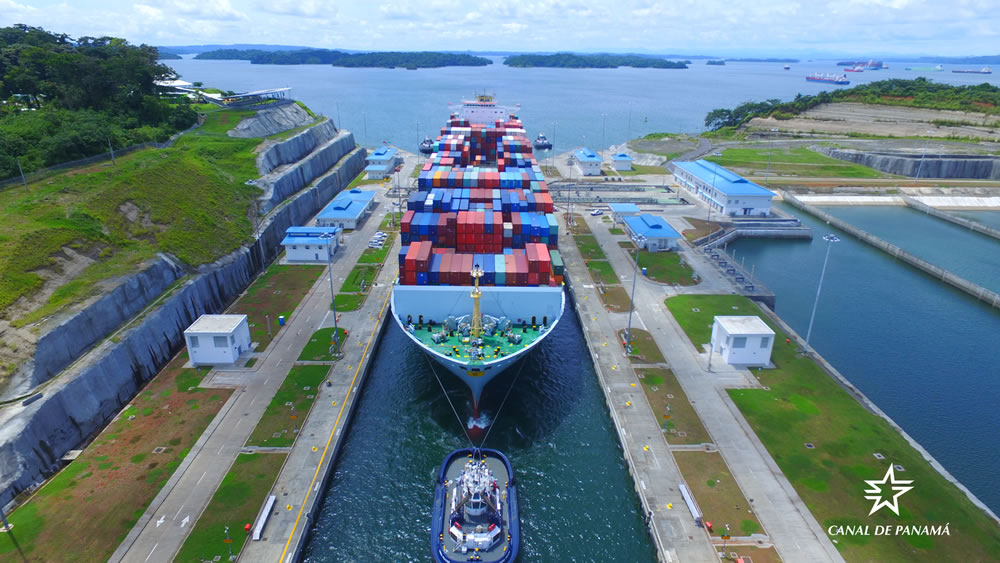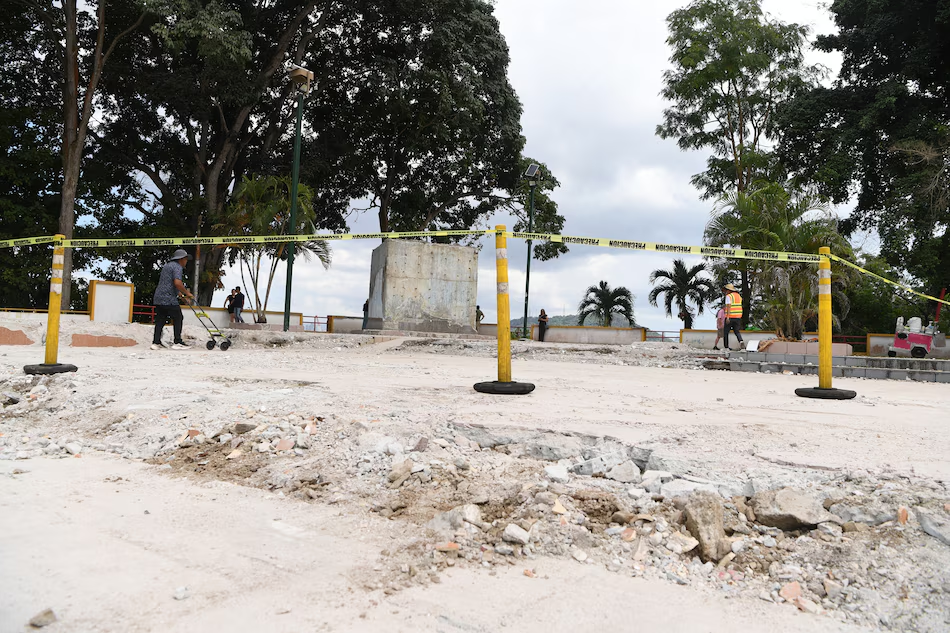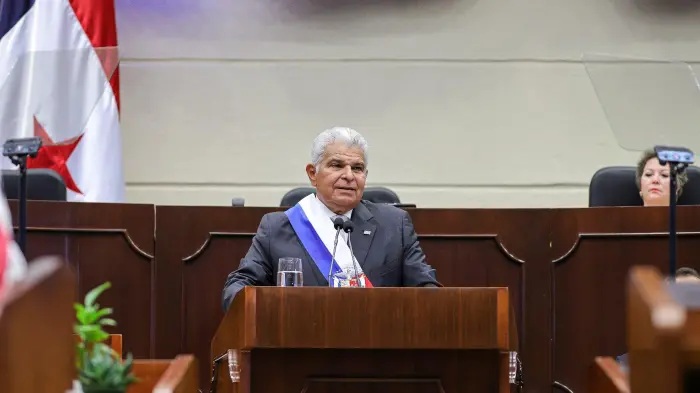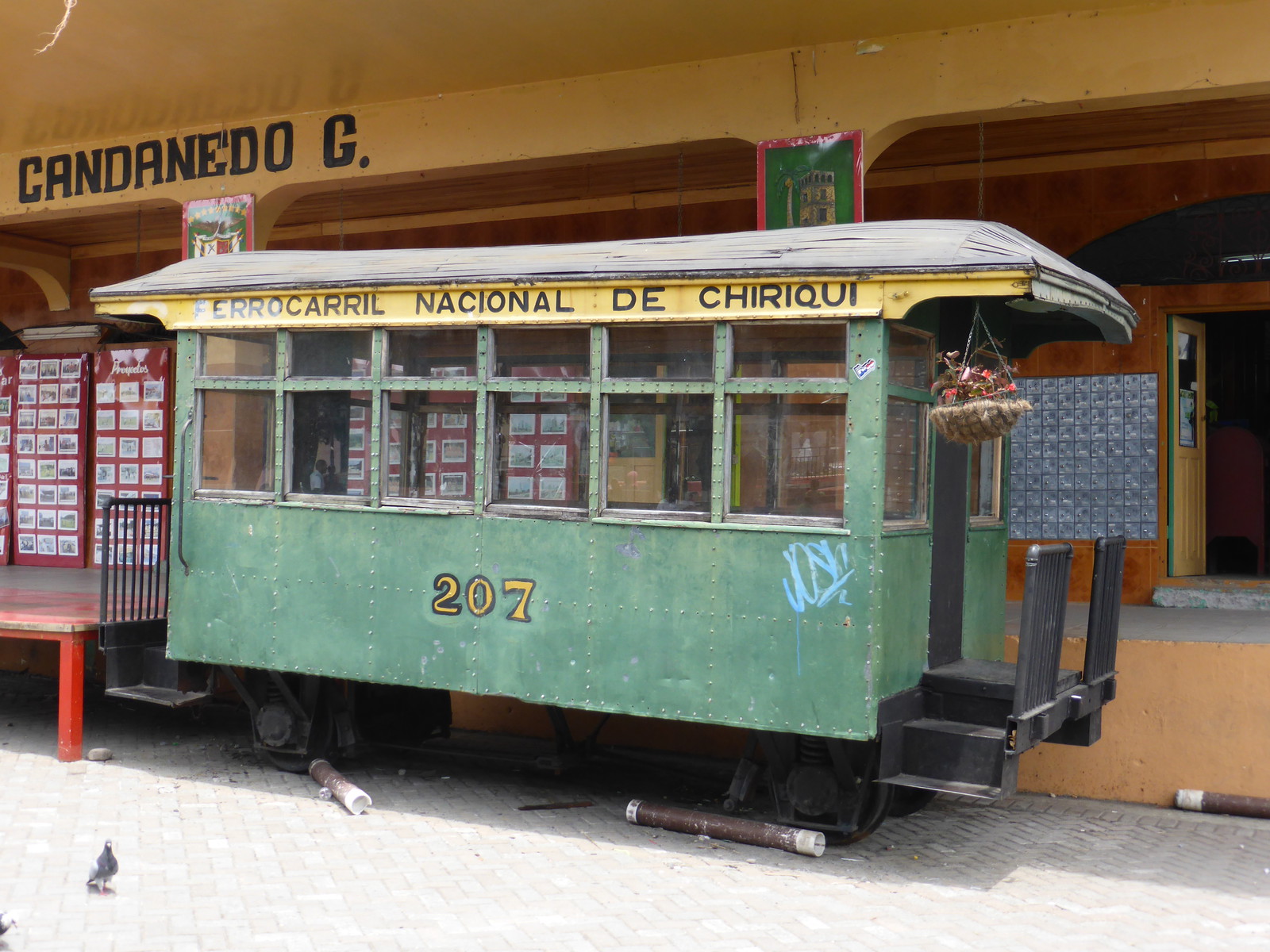Panama Canal: Resettlement of Río Indio Residents Could Begin Within 10 Months
The deputy administrator of the Panama Canal, Ilya Espino de Marotta, is pictured below.

Ilya Espino de Marotta indicated that they have already completed the citizen information census and that they are generating the participatory platforms. The Río Indio socioeconomic census was completed in April. The results are expected in July. The Indio River reservoir project , which will require the displacement of approximately 630 families (2,000 people), is still in the process of defining the location to which the affected families will be relocated, confirmed Ilya Espino de Marotta, deputy administrator of the Panama Canal Authority (ACP), this past Thursday June 19.
“We haven’t identified the location because we want to locate it with them. The resettlement will take years. The Panama Canal must acquire the new land for the families to resettle, and they must be given property titles, build homes, and restore their livelihoods,” she argued.
The official said the resettlement process could take as long as the construction of the reservoir, about four years. When asked about when this resettlement mechanism will begin, de Marotta commented that it could begin in the next six to ten months. “We forecast that the awarding of the dam project will begin in early 2027, so we have until then to get started,” she revealed. The idea is to begin mobilizing the people who live at the site where the project will be carried out and, gradually, mobilize those in the surrounding areas. “We have everything left over from 2025 and 2026,” she reaffirmed.
Citizen Census
The ACP recalled that the Río Indio citizen census has been completed. This document does not take into account the communities’ position on the project, but instead records basic information about the area’s residents. The results are expected to be available in July. In total, 85% of the people in Río Indio provided their information. The deputy administrator explained that they are creating nine participatory platforms for dialogue with the communities, which will serve as a meeting point between residents and the ACP. It is estimated that the development of the project could generate between 1,000 and 1,500 jobs.
Community Rejection
On May 7, a survey conducted by the Peasant Coordinator for Life Against Dams showed that 85% of residents were against the project. “This is the main issue we want to denounce. The violation of the Escazú Agreement on a genuine, transparent, prior, informed, and consensual consultation with farmers on whether or not to build the reservoir,” the Coordinator stated in a statement.





